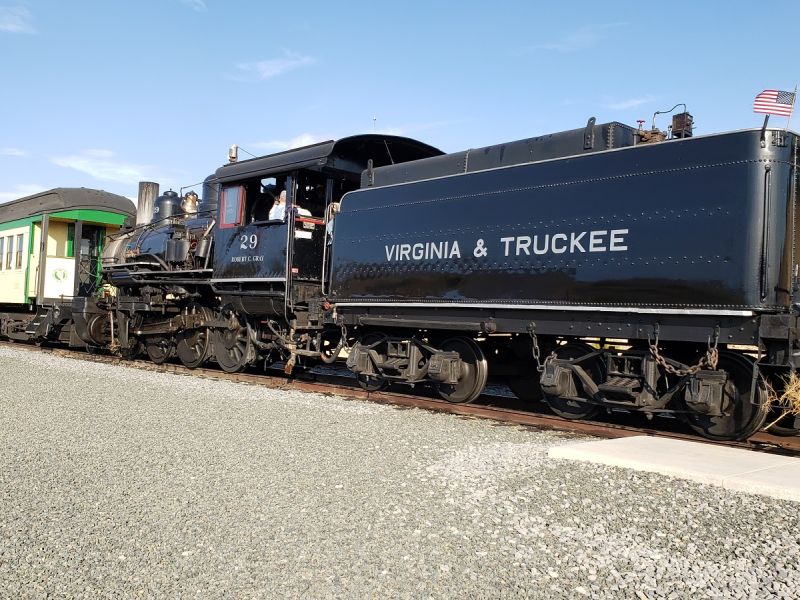We just finished up the annual V&T Historical Society conference, and here’s a bit of a report.
The sessions were very interesting, with my favorite one being all about 19th century passenger car ceiling headliners, including how they’re being made for V&T coaches (all hand painted). All kinds of topics are covered, like using Google Earth to overlay V&T maps to see there the track as in relation to today’s structures / features; 3D printing a particular V&T loco; restoration of the C&C Dayton Depot (C&C began as a sister company of the V&T); legal issues faced by the V&T, delivered by a present-day lawyer (dressed in period clothing, he was a hoot); the myriad of forms used by the V&T… Every year is different.
The conference was well attended, around 210 people.
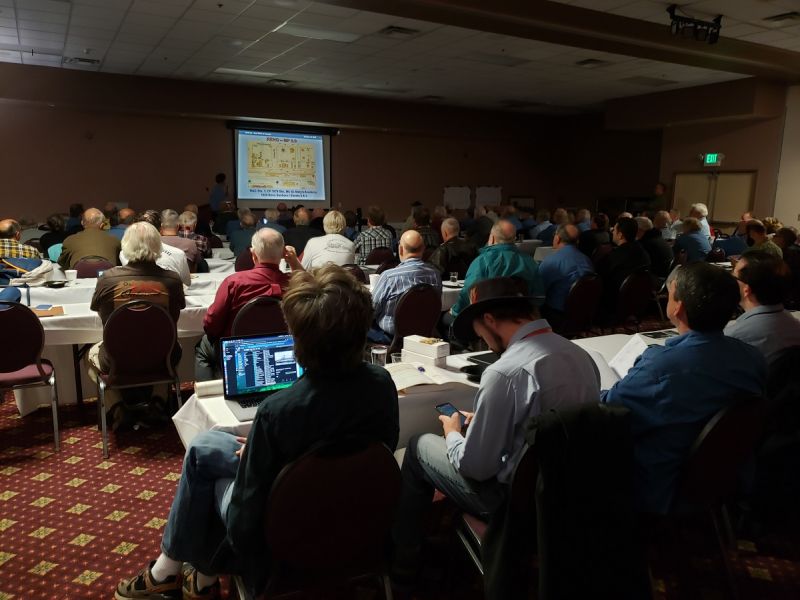
A number of these people are prior or current RR museum curators or directors, or have had some other professional connection with railroads, RR publications, current V&T operations, etc. So there’s a high level of knowledge in the room. But the bulk of us are just hobbyists / amateur historians.
I did a brief talk about the derrick car, and people seemed to like it.
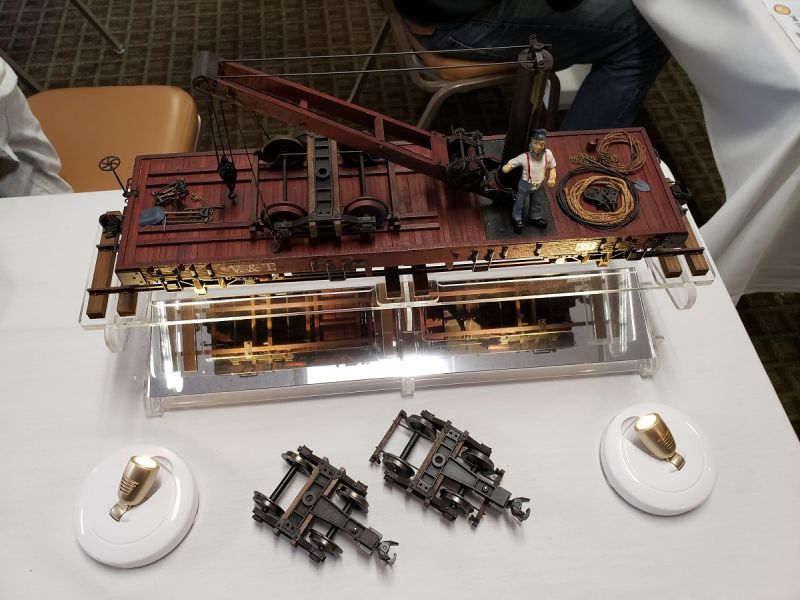
Two museum curators (one retired, one current) were pointing to something odd on my derrick as I was walking by, and one guy said “Well, he was probably just printing three to save money, which is fine.” So I wanted to understand, of course. They explained that the Wells-French trucks were unique to the derrick, so the spare truck on the deck would have been a more common design, such as… I forget. They complimented the model though, said who cares, etc. But it was a big DUH moment for me, I can tell you! ![]()
![]()
That was during the “Modeler’s Workshop” on Thursday night. Sessions were Friday & Saturday, banquet Sat evening, and the big “field trip” was Sunday morning (today). It was to the site of the Sutro Tunnel, which was built to drain the Comstock mines. It came a little late in the game, and didn’t succeed in being useful as a way to get the ore out (conflicting financial interests with the mine & mill owners). But enormous amounts of capital was raised, and Sutro went to San Francisco where he built the enormous Sutro Baths and was involved in the cable car development.
The site has been on private property for a long time (though a hippy commune was there in the 70’s), so a lot of original structures and machinery are still around. There was a mill here, but after it burned in the 60’s its equipment was just lined up along the edge of the man-made plateau.
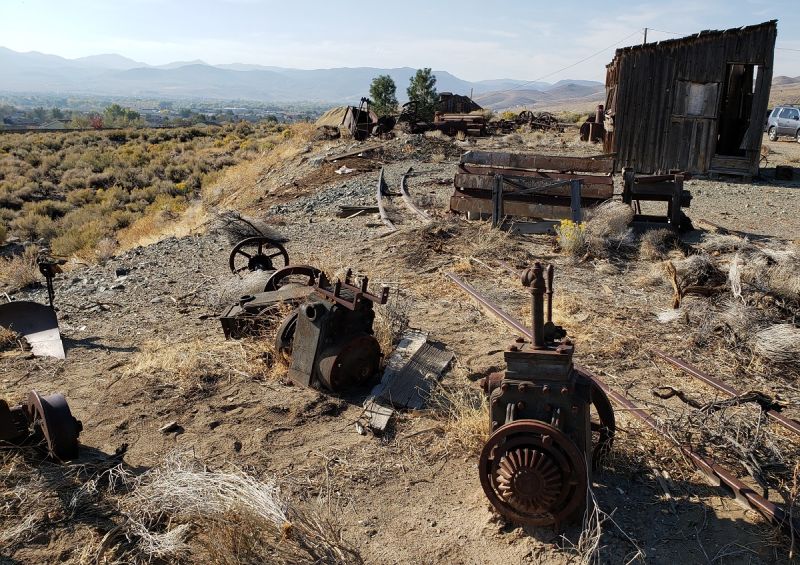
Here’s the remains of an electric speeder of some sort.
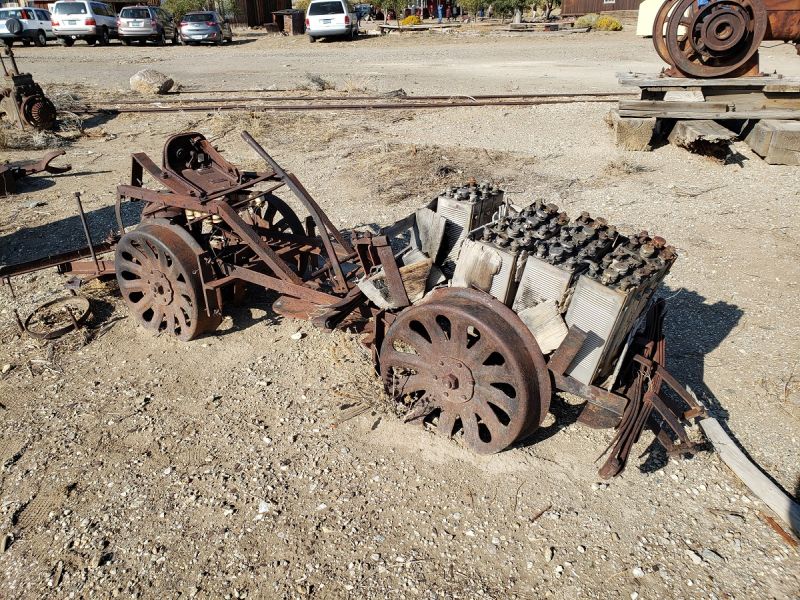
And an electric loco.
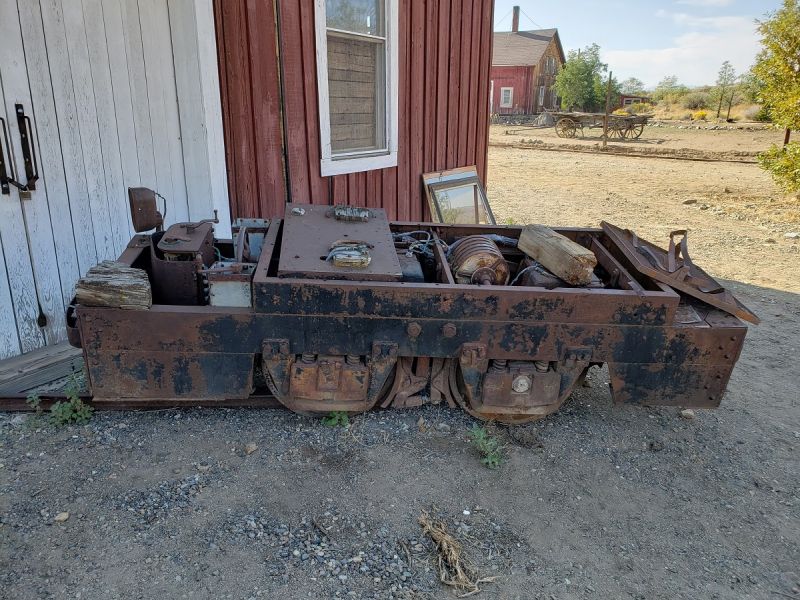
I counted 7 intact ore cars, but there were parts for more. These are big ones, mule-drawn before the electric loco was in play.
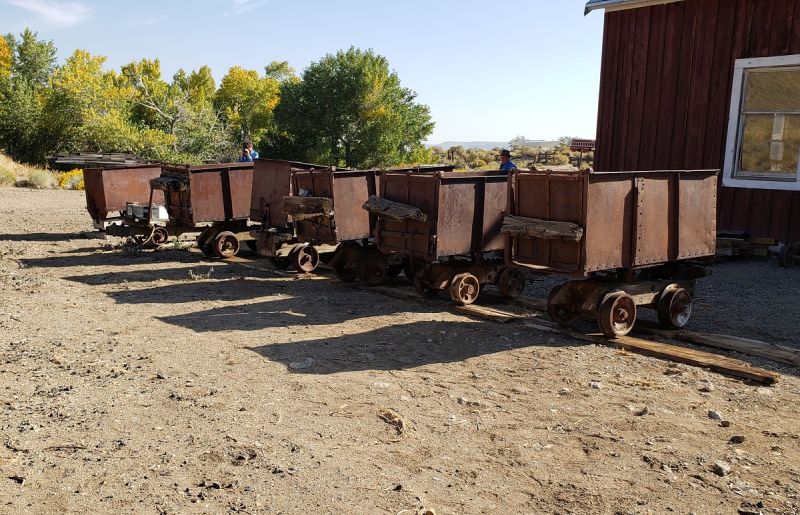
The portal is well preserved / maintained.
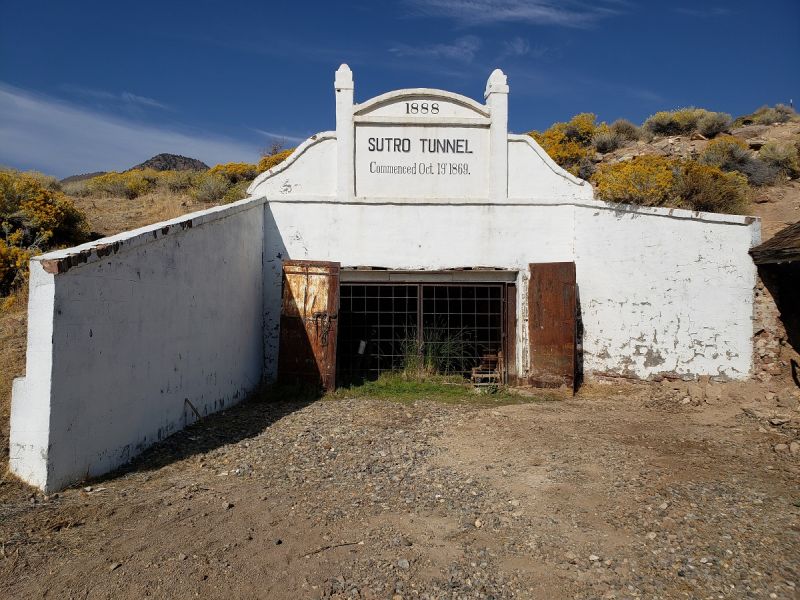
The tunnel itself isn’t passable. This cave-in happened in 2008 (if I recall correctly) and another just behind happened in 2017.
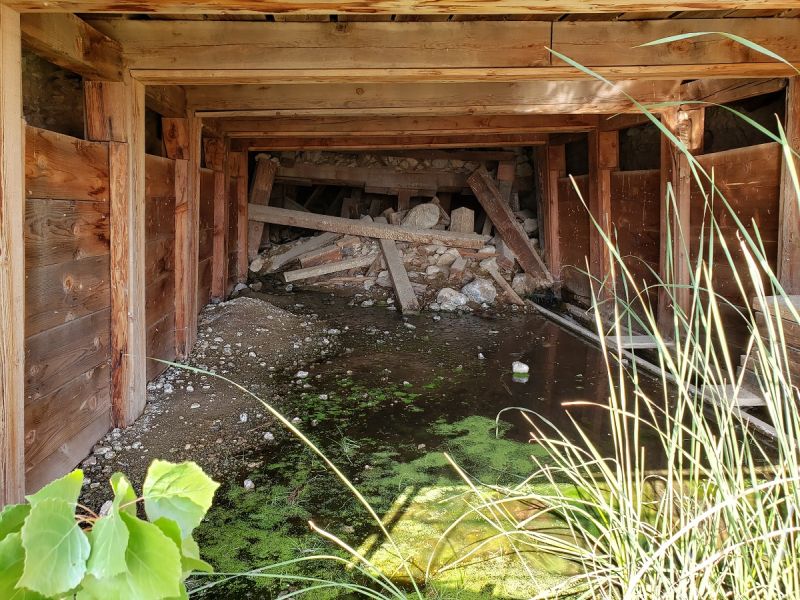
Originally, the tunnel went all the way west to Virginia City, where it branched north and south to intercept the major mines. Here’s some links.
A map of the tunnel and town of Sutro, as originally planned.
Section drawing of how the tunnel intercepted the major mines.
Some photos of the tunnel.
The conference was a lot of fun. Each year my friendships there grow, and I learn a lot. It’s cheap (prices / details at the society’s web site), and the hotel / casino is as well ($75 / night this year). So cheap that I’m staying a couple extra nights to do more sightseeing. So if you like the V&T, you might consider coming next year.
Cheers,
===>Cliffy
